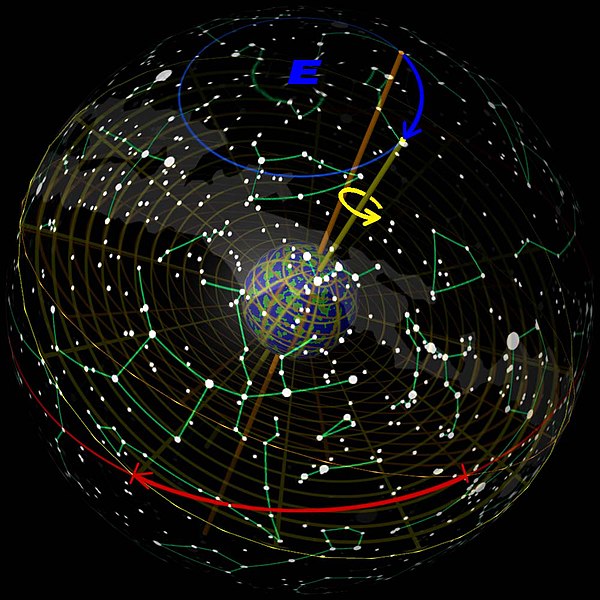http://www.brainyquote.com/quotes/authors/y/yogi_berra.html wrote:
Yogi Berra quotes:
A nickel ain't worth a dime anymore.
All pitchers are liars or crybabies.
Always go to other people's funerals, otherwise they won't come to yours.
Baseball is ninety percent mental and the other half is physical.
Congratulations. I knew the record would stand until it was broken.
Even Napoleon had his Watergate.
Half the lies they tell about me aren't true.
He hits from both sides of the plate. He's amphibious.
How can you think and hit at the same time?
I always thought that record would stand until it was broken.
I just want to thank everyone who made this day necessary.
I never blame myself when I'm not hitting. I just blame the bat and if it keeps up, I change bats.
After all, if I know it isn't my fault that I'm not hitting, how can I get mad at myself?
I never said most of the things I said.
I think Little League is wonderful. It keeps the kids out of the house.
I wish I had an answer to that because I'm tired of answering that question.
I'm a lucky guy and I'm happy to be with the Yankees. And I want to thank everyone for making this night necessary.
I'm not going to buy my kids an encyclopedia. Let them walk to school like I did.
If people don't want to come out to the ball park, nobody's gonna stop 'em.
If the world was perfect, it wouldn't be.
If you ask me anything I don't know, I'm not going to answer.
If you come to a fork in the road, take it.
If you don't know where you are going, you might wind up someplace else.
In baseball, you don't know nothing.
In theory there is no difference between theory and practice. In practice there is.
It ain't over till it's over.
It ain't the heat, it's the humility.
It gets late early out there.
It was impossible to get a conversation going, everybody was talking too much.
It's like deja-vu, all over again.
It's pretty far, but it doesn't seem like it.
Little League baseball is a very good thing because it keeps the parents off the streets.
Nobody goes there anymore. It's too crowded.
Slump? I ain't in no slump... I just ain't hitting.
So I'm ugly. So what? I never saw anyone hit with his face.
The future ain't what it used to be.
The other teams could make trouble for us if they win.
The towels were so thick there I could hardly close my suitcase.
There are some people who, if they don't already know, you can't tell 'em.
We have deep depth.
We made too many wrong mistakes.
When you arrive at a fork in the road, take it.
You better cut the pizza in four pieces because I'm not hungry enough to eat six.
You can observe a lot by just watching.
You should always go to other people's funerals, otherwise, they won't come to yours.
You wouldn't have won if we'd beaten you.
You've got to be very careful if you don't know where you are going, because you might not get there.
 M33: Triangulum Galaxy
M33: Triangulum Galaxy



